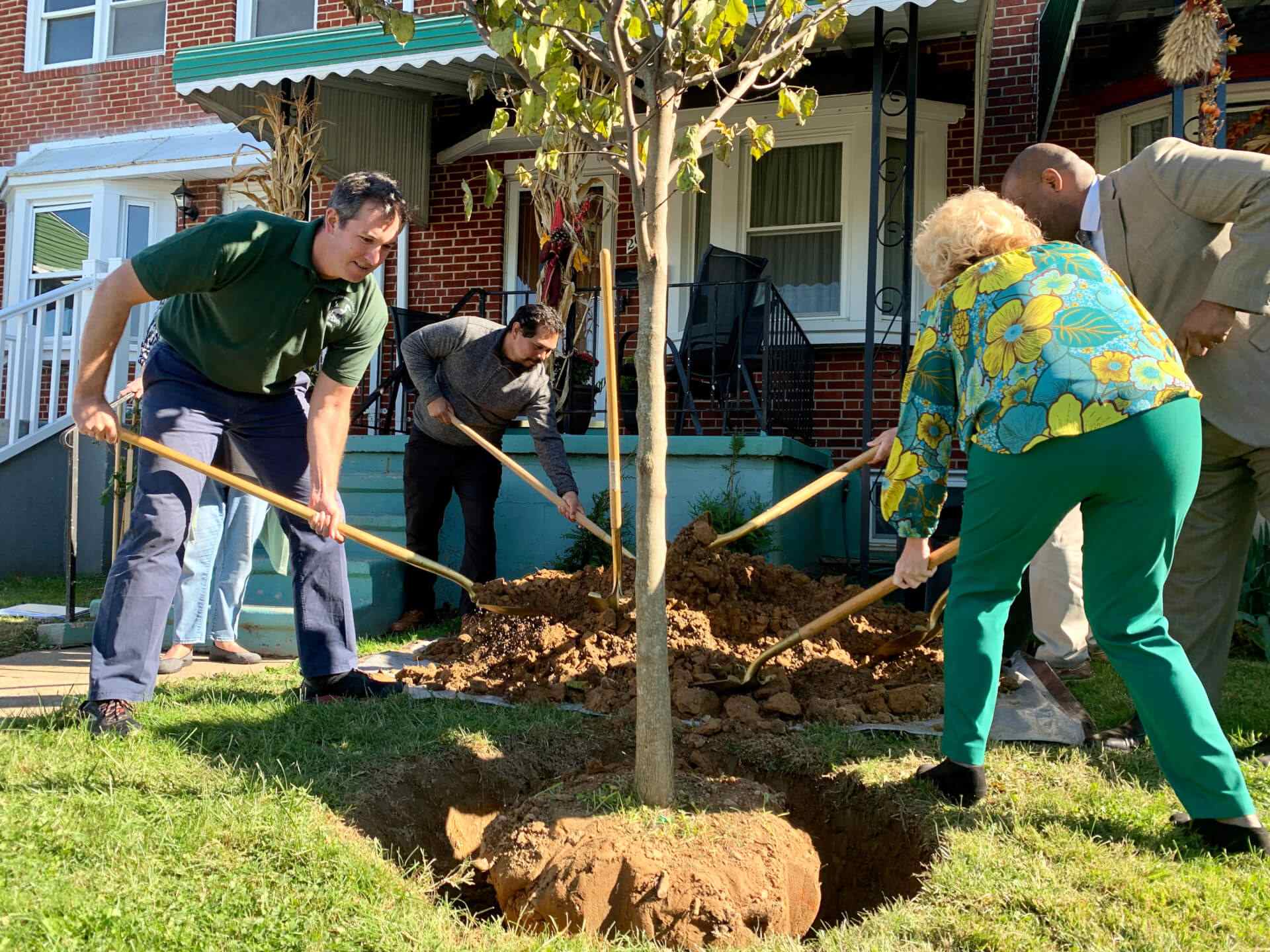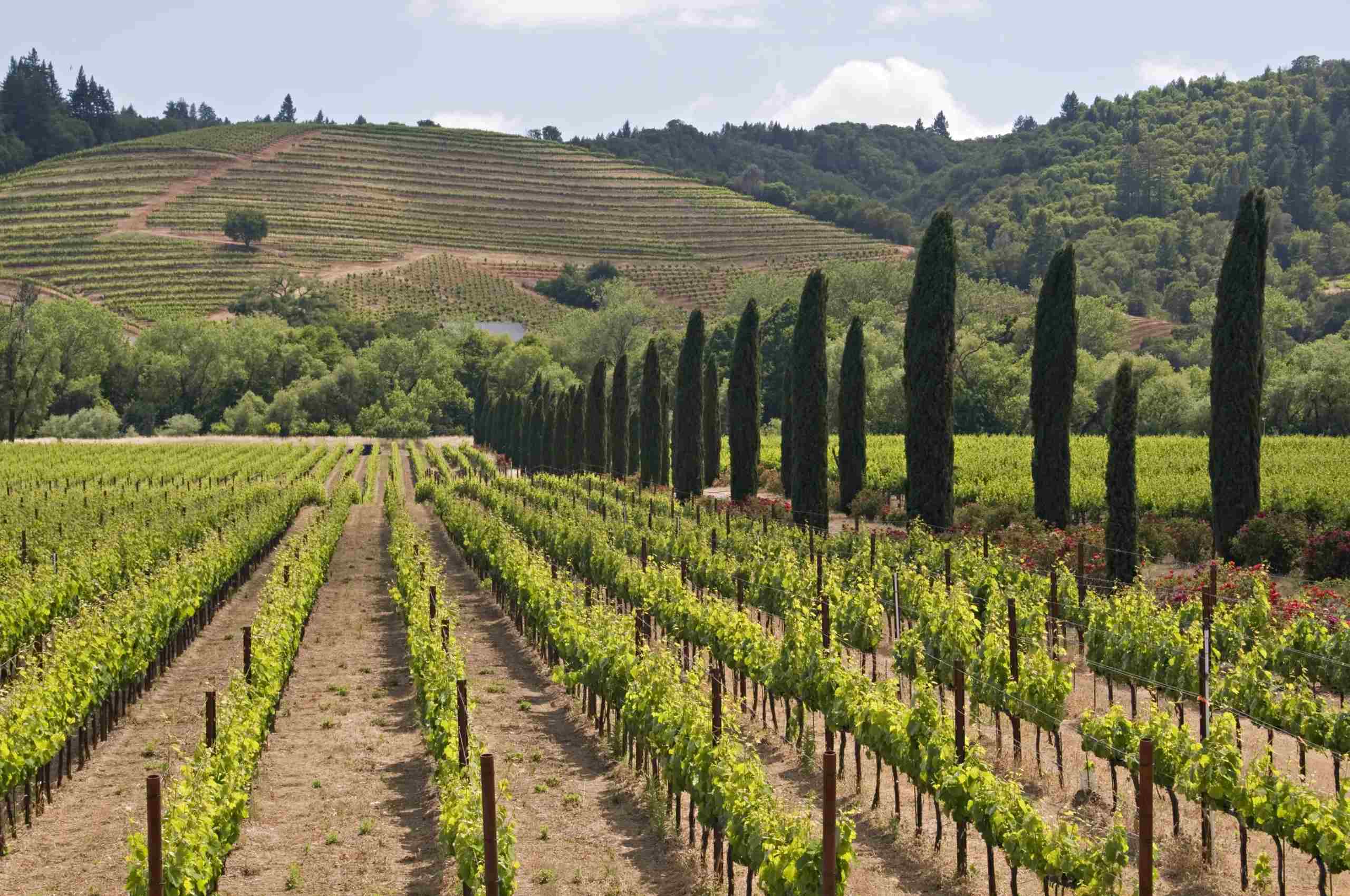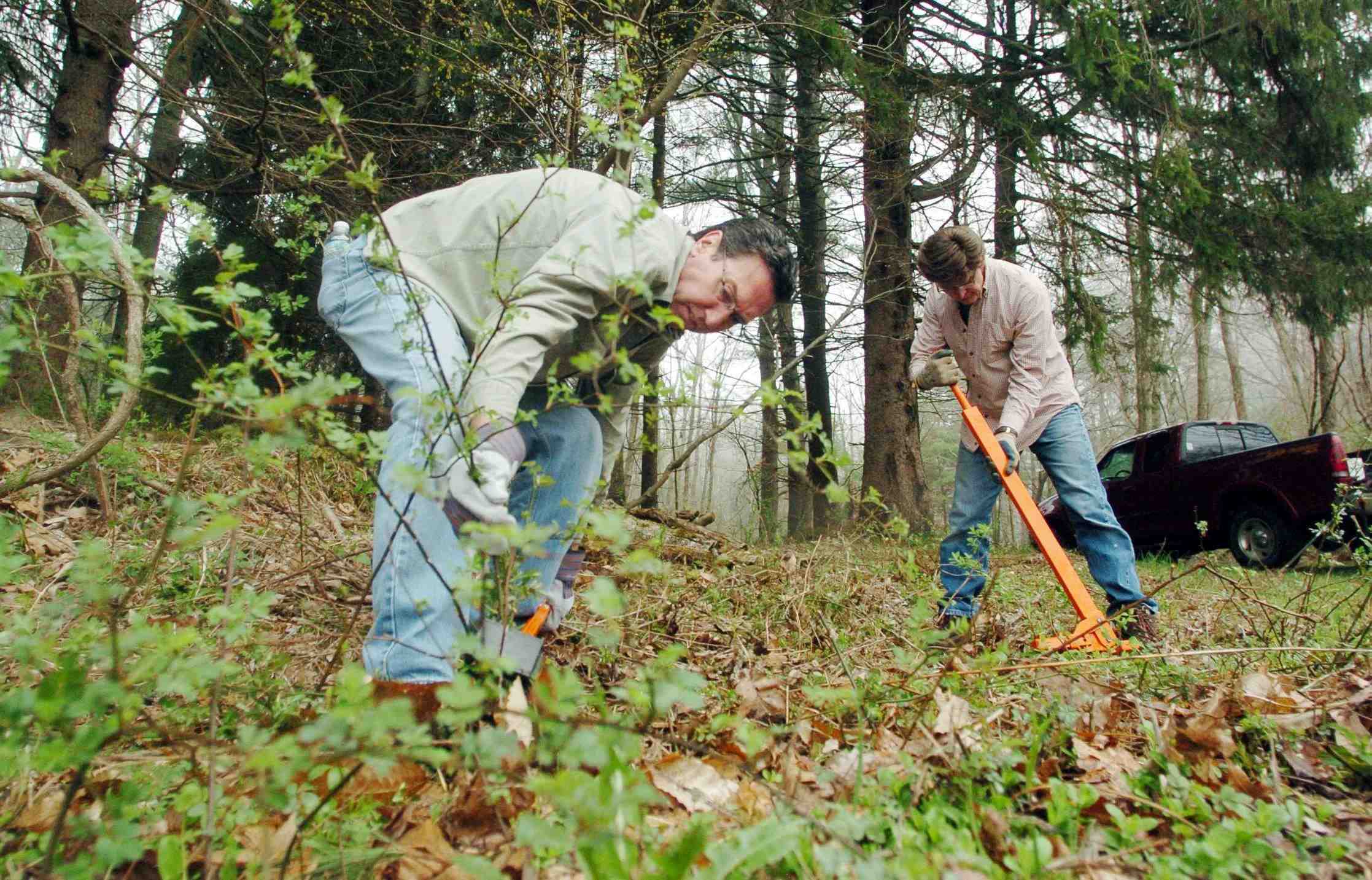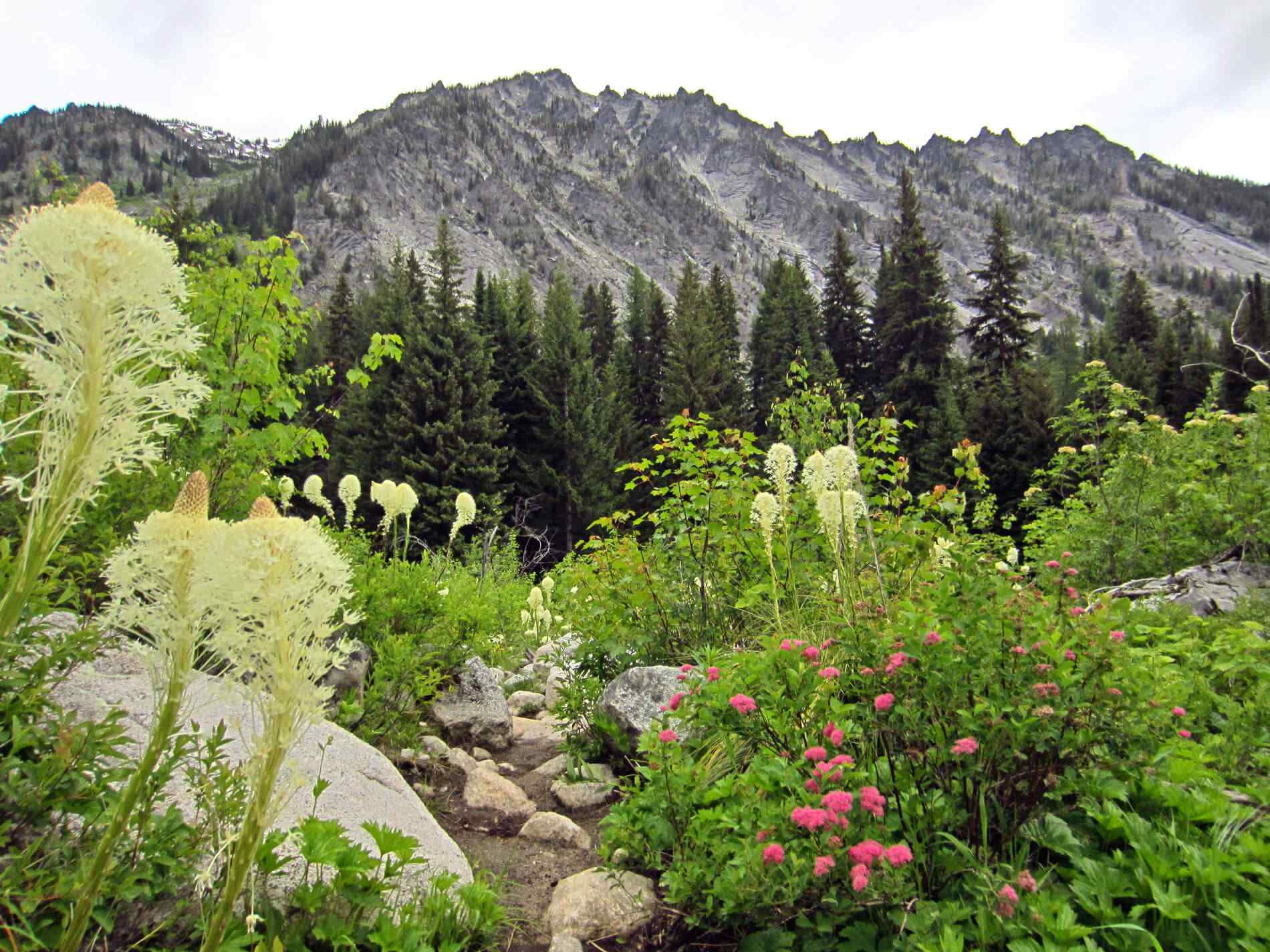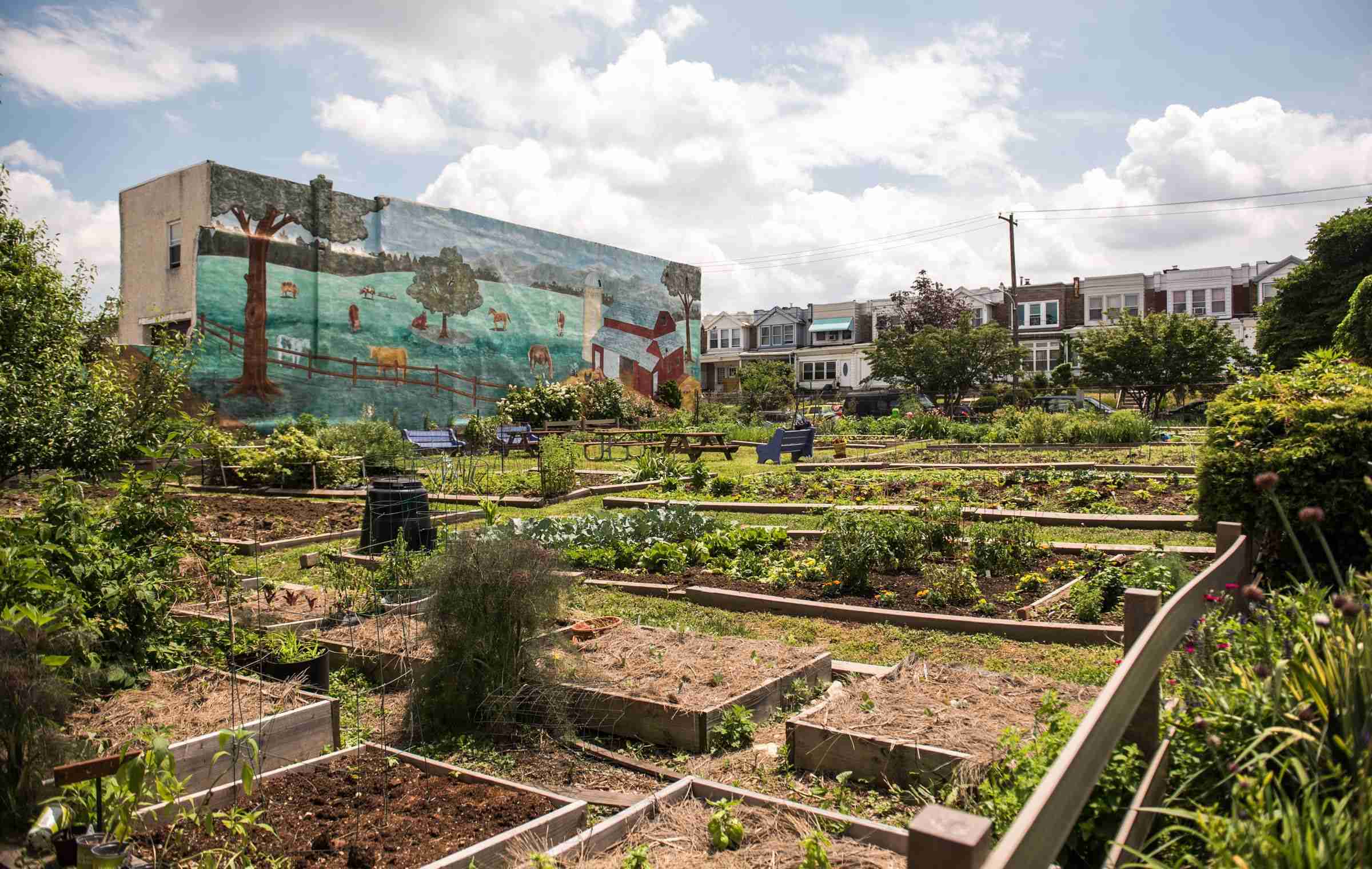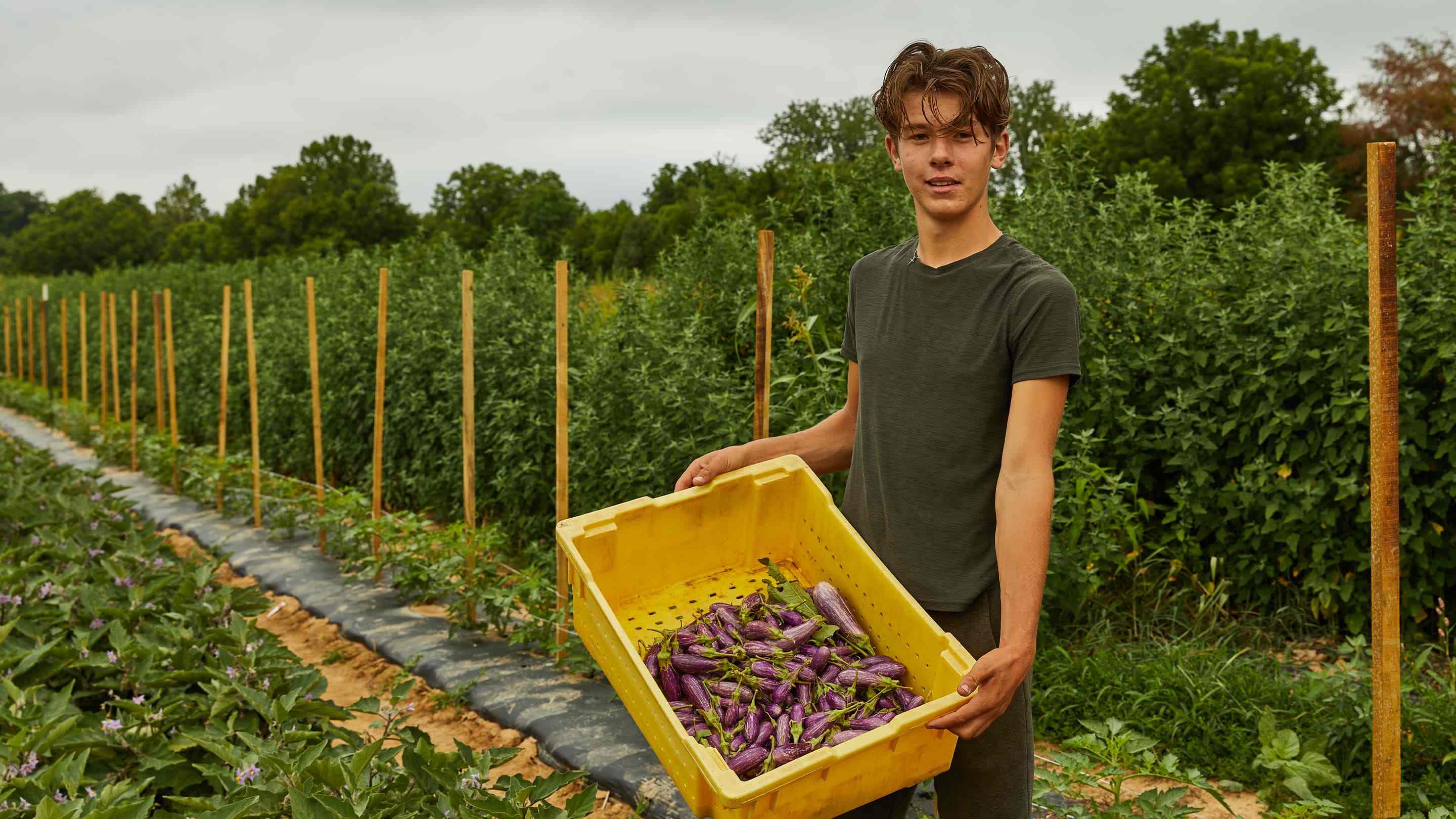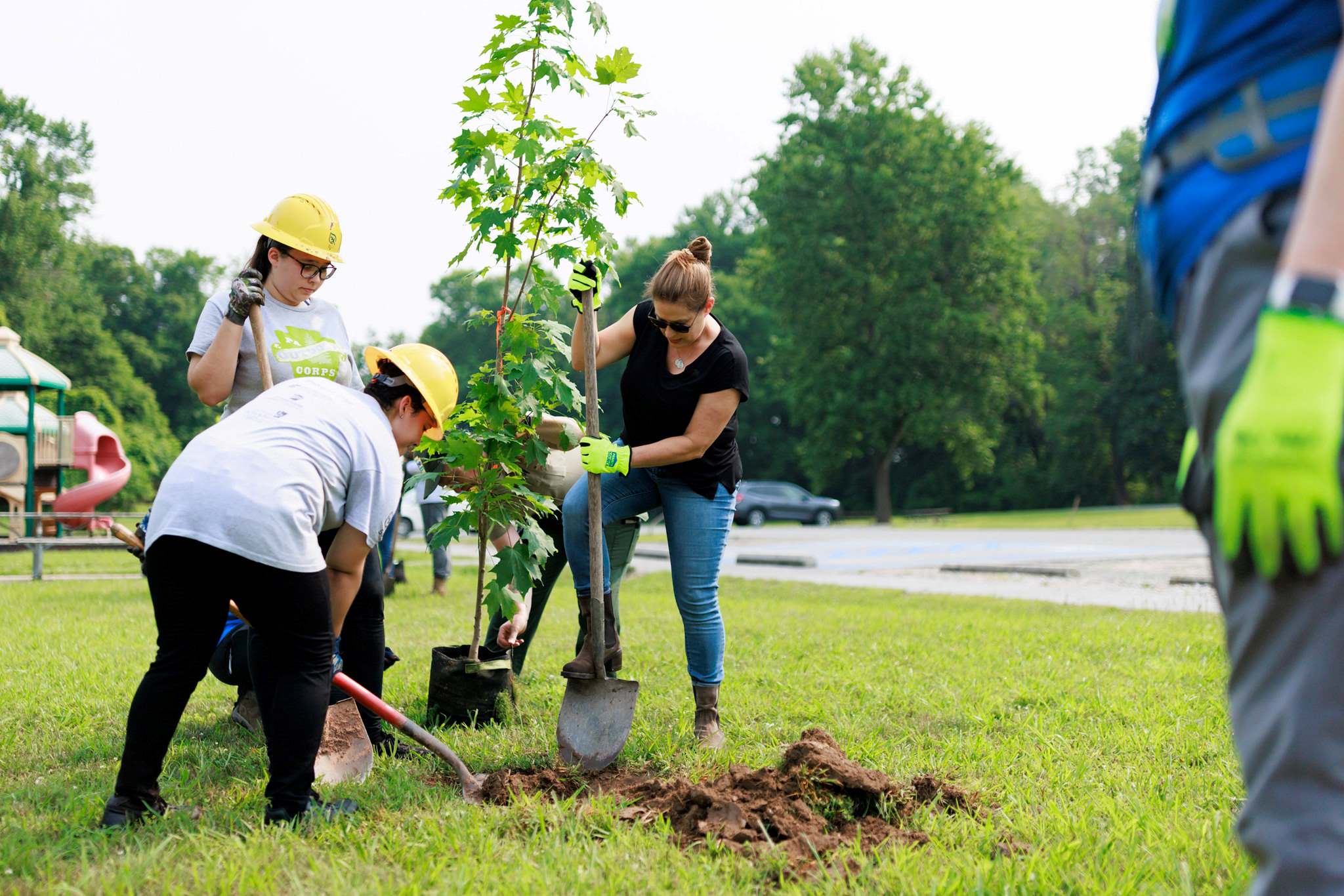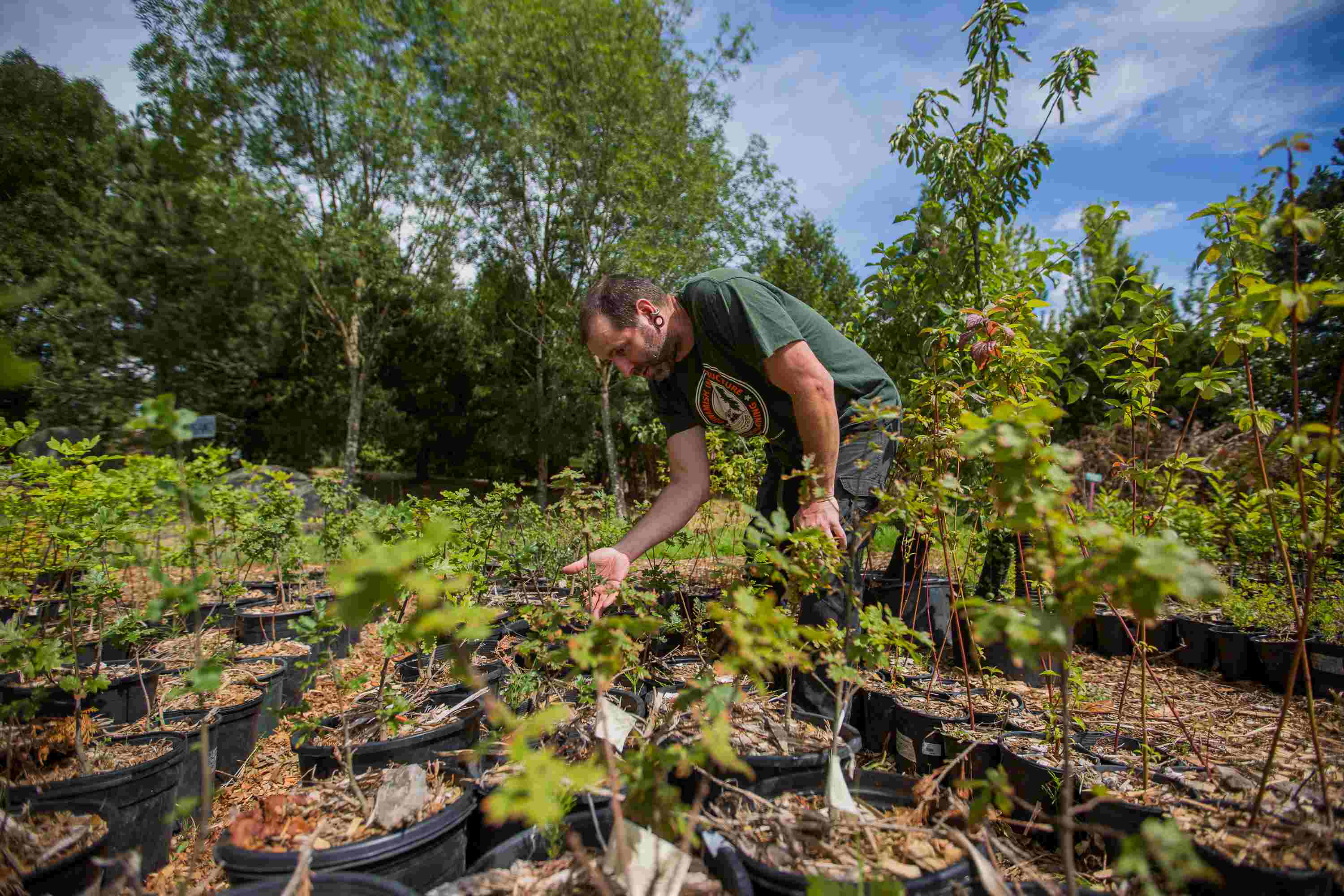Home>Gardening Basics>Understanding Soil>What Planting Zone Is Austin, TX
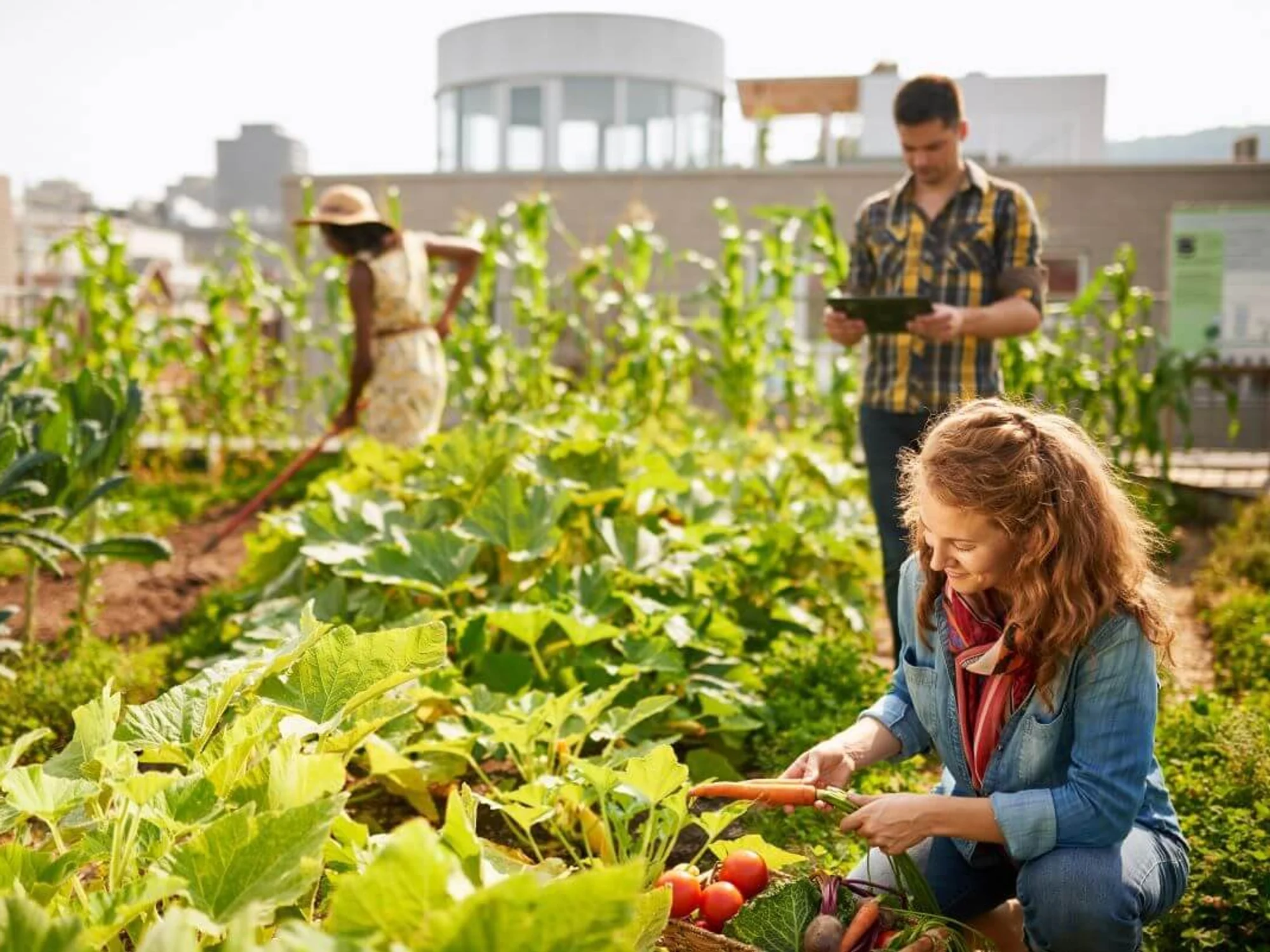

Understanding Soil
What Planting Zone Is Austin, TX
Modified: January 22, 2024
Find out the planting zone for Austin, TX and gain a better understanding of soil composition to ensure successful gardening.
(Many of the links in this article redirect to a specific reviewed product. Your purchase of these products through affiliate links helps to generate commission for Chicagolandgardening.com, at no extra cost. Learn more)
Table of Contents
Introduction
Welcome to the vibrant city of Austin, Texas, where the warm climate and rich soil make it an ideal location for gardening and landscaping. Whether you are a seasoned gardener or just starting your green thumb journey, understanding the planting zones in Austin is essential for successful and thriving plants. Planting zones serve as a guide, indicating the specific climatic conditions and factors that influence plant growth in a particular area.
Planting zones are determined by the United States Department of Agriculture (USDA) and are based on the average annual minimum temperature. These zones help gardeners make informed decisions about which plants are suitable for their specific region, ensuring that plants can withstand the local climate and thrive.
Austin is located in the central region of Texas, known for its hot summers and mild winters. This unique climate presents both opportunities and challenges for gardeners, as certain plants may thrive during one season but struggle during another. By understanding the planting zones and the factors that affect them, gardeners can select the right plants and implement appropriate gardening techniques to create beautiful and sustainable outdoor spaces in Austin.
In this article, we will delve into the various factors that influence planting zones in Austin, explore the characteristics of the local planting zone, and provide recommendations for plants that are well-suited to thrive in this region.
Understanding Planting Zones
Planting zones, also known as hardiness zones, are geographical areas that are classified based on their average minimum winter temperatures. These zones help gardeners determine which plants are most likely to thrive in their specific climate. They provide valuable information about temperature ranges and growing conditions, allowing gardeners to make educated decisions about the types of plants they can grow successfully.
The most widely used system for classifying planting zones in the United States is the USDA Plant Hardiness Zone Map. This map divides the country into 13 zones, ranging from Zone 1 (coldest) to Zone 13 (hottest). Each zone represents a 10-degree Fahrenheit difference in average annual minimum temperature, with subzones indicating further temperature variations within each zone.
Understanding planting zones is crucial for gardeners because plants have specific temperature requirements for optimal growth and survival. Some plants thrive in cooler climates, while others are better suited to warmer environments. By knowing the planting zone of their area, gardeners can select plants that are more likely to thrive and avoid planting species that are not well-suited to their climate.
In addition to temperature, planting zones also take into account other factors such as soil type, rainfall patterns, and elevation. These factors influence the overall suitability of an area for specific types of plants, and they can vary significantly from one region to another, even within the same planting zone.
It’s important to note that planting zones are not the only determining factor for successful gardening. Microclimates, which are small-scale variations in temperature and growing conditions within a larger area, can also impact plant growth. Factors such as proximity to bodies of water, exposure to sunlight, and the presence of tall buildings or trees can create microclimates that differ from the general planting zone classification.
Gardeners should take into account both the planting zone and any potential microclimates in their area to optimize plant selection and placement. This combined knowledge will help ensure that plants have the best chance of thriving in their specific environment.
Factors Affecting Planting Zones
Planting zones are influenced by several factors that collectively determine the climate and growing conditions in a specific area. Understanding these factors is crucial for gardeners in order to make informed decisions about plant selection and cultivation techniques. Here are some of the key factors that affect planting zones:
- Temperature: Temperature is one of the primary factors in determining planting zones. It is measured by the average annual minimum temperature, which indicates the lowest temperature a region experiences during the winter. Plants have different temperature tolerances, and planting zones help gardeners identify which plants are most likely to survive and thrive in their specific climate.
- Latitude: Latitude plays a role in planting zones as it affects the angle and intensity of sunlight a region receives. Higher latitudes generally experience cooler temperatures and shorter growing seasons, while lower latitudes have warmer temperatures and longer growing seasons.
- Elevation: Elevation impacts planting zones because temperature decreases with increasing altitude. Higher elevations typically have cooler temperatures, which can affect the types of plants that can be grown successfully in those areas.
- Proximity to Bodies of Water: The presence of large bodies of water, such as oceans, lakes, or rivers, can moderate temperatures and influence planting zones. Coastal regions tend to have milder winters and cooler summers compared to inland areas at the same latitude.
- Microclimates: Microclimates refer to localized variations in temperature and growing conditions within a larger area. Factors such as proximity to buildings, topography, and vegetation cover can create microclimates that differ from the general planting zone classification. For example, urban areas often have higher temperatures due to the heat-absorbing properties of pavement and buildings.
- Soil Type and Composition: Different plants have specific soil requirements. Soil type, pH level, drainage, and nutrient content all play a role in plant growth and health. The composition of the soil can vary within a planting zone, influencing the types of plants that can thrive in a particular area.
- Rainfall Patterns: The amount and distribution of rainfall can greatly impact plant growth and dictate the types of plants that can be grown successfully. Arid regions with low rainfall will require plants that are drought-tolerant, while areas with high rainfall levels may benefit from plants that can withstand excess moisture.
By considering these factors, gardeners can gain a comprehensive understanding of their local planting zone and adapt their gardening practices accordingly. Taking into account temperature, latitude, elevation, proximity to water, microclimates, soil type, and rainfall patterns will help gardeners make informed decisions about plant selection and create thriving gardens in their specific region.
Characteristics of Planting Zone in Austin, TX
Austin, Texas, falls under USDA Hardiness Zone 8b, making it a suitable region for a wide range of plants. The characteristics of the planting zone in Austin are influenced by the city’s unique climate and geographical features. Here are some key characteristics of the planting zone in Austin, TX:
- Temperature: Austin experiences hot summers and mild winters. The average annual minimum temperature range for Zone 8b is 15°F to 20°F (-9°C to -7°C). This moderate winter climate allows for a longer growing season and a diverse selection of plants that can thrive in the region.
- Heat and Sun Exposure: Austin has a sunny and hot climate, with ample sunlight throughout the year. The city receives approximately 300 days of sunshine annually, providing favorable conditions for sun-loving plants. However, the intense heat during the summer months may require supplemental watering and shade for some plant varieties.
- Soil Type: The soil in Austin can vary, but it is predominantly clay or clay loam. These soil types can retain moisture but may drain poorly if not properly amended. It is important for gardeners to improve soil drainage and add organic matter to enhance fertility and optimize plant growth.
- Rainfall Patterns: Austin experiences a semi-arid climate with limited rainfall. The average annual precipitation is around 34 inches (86 cm), with most of the rain falling during the spring and fall seasons. Gardeners in Austin often need to supplement irrigation to ensure plants receive adequate moisture, especially during the hot summer months.
- Drought-Tolerant Plants: Due to the arid conditions, drought-tolerant plants are well-suited for the planting zone in Austin. Native and adapted plant species that can withstand periods of minimal water availability are ideal choices for sustainable gardening in this region.
- Native and Adapted Plant Species: Austin encourages the use of native and adapted plants, which are well-suited to the local climate and require minimal water and maintenance. Native plants not only conserve water but also support local ecosystems and attract native wildlife.
- Vegetable Gardening: Austin’s moderate winter climate allows for year-round vegetable gardening. Cool-season crops like lettuce, broccoli, and kale can be grown in the fall and winter, while warm-season crops such as tomatoes, peppers, and beans thrive in the long, hot summers.
Understanding the characteristics of the planting zone in Austin is vital for gardeners to select plants that can withstand the region’s unique climate and soil conditions. By choosing the right plants and implementing appropriate watering and soil amendment techniques, Austin gardeners can create beautiful and sustainable gardens that thrive in this vibrant city.
Recommended Plants for Austin, TX
Austin, Texas, offers a diverse selection of plants that thrive in the region’s planting zone 8b. When planning your garden in Austin, it’s important to choose plants that are adapted to the city’s unique climate and soil conditions. Here are some recommended plants that are well-suited for Austin, TX:
- Native Plants: Utilizing native plants in your garden is a great way to conserve water and support the local ecosystem. Some popular native plants for Austin include Texas Lantana, Blackfoot Daisy, Gulf Coast Muhly Grass, and Texas Sage. These plants are adapted to the region’s climate, require less water, and provide habitat for local wildlife.
- Drought-Tolerant Plants: With Austin’s semi-arid climate, incorporating drought-tolerant plants is essential for water-wise gardening. Succulents like Agave, Yucca, and Sedum are perfect choices due to their ability to store water in their leaves. Other drought-tolerant plant options include Mexican Feathergrass, Purple Coneflower, and Desert Marigold.
- Heat-Loving Annuals: Austin’s hot summers are perfect for heat-loving annuals that can add vibrant colors to your garden. Consider planting Zinnias, Marigolds, Sunflowers, or Vinca for long-lasting blooms during the warm months.
- Herbs: Growing herbs in Austin is not only practical but also adds delicious flavors to your culinary creations. Herbs like Basil, Rosemary, Thyme, and Mexican Mint Marigold can thrive in Austin’s climate and provide fresh ingredients for your cooking.
- Shade Trees: Providing shade in your garden is crucial to protect plants from the intense summer heat. Shade trees such as Texas Red Oak, Cedar Elm, and Chinquapin Oak are well-adapted to Austin’s climate and can provide relief from the scorching sun.
- Vegetables: Austin’s long growing season allows for a wide variety of vegetables to be grown. Cool-season vegetables like lettuce, kale, and broccoli can be planted in the fall and winter, while warm-season favorites like tomatoes, peppers, and cucumbers thrive during the summer months.
- Xeriscaping Plants: Xeriscaping, or water-efficient landscaping, is gaining popularity in Austin due to its water-saving benefits. Incorporate low-water-use plants like Spanish Lavender, Red Yucca, and Agave Americana for a beautiful and sustainable xeriscape design.
When selecting plants for your Austin garden, consider their water needs, heat tolerance, and ability to adapt to the local soil conditions. This will help ensure that your garden thrives and requires minimal maintenance.
For additional guidance, consult with local nurseries, gardening organizations, or the Texas A&M AgriLife Extension Service, which provide valuable resources and expertise specific to gardening in Austin, TX.
Conclusion
Understanding the planting zones, factors influencing them, and the characteristics of the planting zone in Austin, TX, is essential for successful gardening in the region. By considering temperature, soil conditions, rainfall patterns, and other environmental factors, gardeners can choose the right plants that are well-suited for the unique climate of Austin.
Austin’s planting zone 8b offers a wide range of plant options, including native plants, drought-tolerant species, heat-loving annuals, and shade trees. Incorporating these recommended plants into your garden not only ensures their survival but also promotes water conservation and supports the local ecosystem.
It is important for gardeners in Austin to pay attention to proper irrigation practices, soil amendment, and plant selection to create sustainable and thriving gardens. By understanding the characteristics of the local planting zone and adapting gardening practices accordingly, Austin gardeners can enjoy beautiful landscapes and bountiful harvests.
Remember to consult with local nurseries, gardening organizations, and resources like the Texas A&M AgriLife Extension Service for additional guidance and information specific to gardening in Austin. Continual learning and experimentation will help you develop a deep understanding of the local planting zone and maximize the potential of your garden.
So go ahead, explore the planting possibilities in Austin, TX, and create a vibrant and sustainable garden that you can enjoy year-round.
